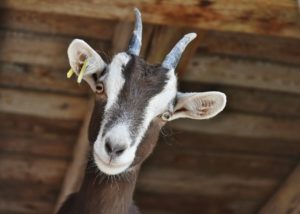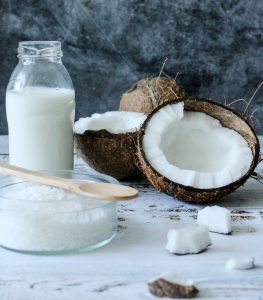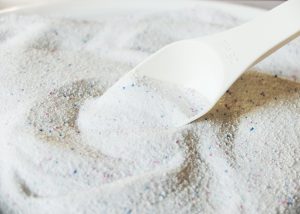
Year: 2020 and 2028
Market size: $10.37 billion and $14.47 billion, respectively
When one thinks of cow milk alternatives, what comes to mind might be soy milk, almond milk, or the recently popular oat milk. But, this post is about a different type of alternative: goat milk. Today’s market size shows total global goat milk product revenues for 2020 and projected for 2028.
In terms of nutrition, cow milk and goat milk are nearly identical. Goat milk has more calories, protein, and fat but has fewer milligrams of cholesterol. It also has more calcium, potassium, and vitamin A. However, cow milk has more vitamin B12, selenium, and folic acid. Goat milk may be easier to digest for some people. The fat molecules are smaller, making them easier for the body to process. Also, goat milk has less lactose than cow milk. The growing popularity of this product is driven by its lower cholesterol and lactose.
In 2019, the last year for which data are available, global production of whole fresh goat milk totaled 19.9 million tons, down 2.2% from 2018, but up slightly from 2016. By region, Asia produced the most by far, 11.7 million tons, followed by Africa (4.4 million) and Europe (3.1 million). Oceania produced the least, 39 tons, followed by North America at 25,706 tons. However, North America garnered a 26.2% share of global revenues for goat milk products in 2020, the U.S. accounting for most of that. The Asia-Pacific region had a 29.8% share. There are several well-established and small goat milk producers worldwide, but the market is dominated by various international companies including Emmi Group, Kavli, Ausnutria Dairy Corp. Ltd., Granarolo Group, Dairy Goat Co-operation, Gay Lea Foods Co-operative Ltd., Hay Dairies Pte Ltd., Cherry Glen Goat Cheese Co., Goat Partners International Inc., and Summerhill Goat Dairy.
By product, milk had a 41.3% revenue share in 2020 followed by cheese and milk powder. The cheese segment is expected to grow at the highest compound annual growth rate (CAGR) through 2028. Most goat milk products are bought at supermarkets and hypermarkets. Consumers tend to feel more comfortable choosing fresh groceries, especially fresh dairy products, in person. However, online sales ranked second ahead of convenience stores. This segment benefited from the overall surge in online grocery sales during the COVID-19 pandemic and is projected to have the highest CAGR through 2028.
Sources: “Goat Milk Market Size, Share & Trends Analysis Report by Product (Milk, Milk Powder, Cheese), by Distribution Channel (Supermarkets/Hypermarkets, Convenience Stores, Online), by Region, and Segment Forecasts, 2021 – 2028,” Million In$ights Report Summary, April 2021 available online here; “Goat Milk Market Size Worth $14.47 Billion By 2028 | CAGR: 4.3%: Million Insights,” CISION PR Newswire, April 28, 2021 available online here; Katherine Gillen, “Goat Milk vs. Cow Milk: Is One Actually Healthier Than the Other?” PureWow Blog, August 19, 2019 available online here; “Livestock Primary,” FAOSTAT, Food and Agriculture Organization of the United Nations available online here.Image source: Rita E, “goat-pet-farm-horns-livestock-3613728,” Pixabay, August 18, 2018 available online here. The picture is used for illustration purposes only. The goat in the picture is not necessarily a dairy goat.



